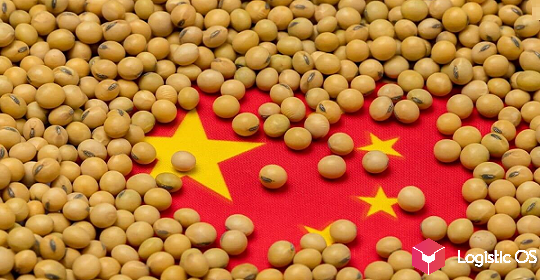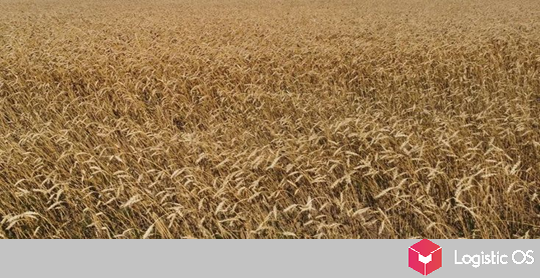Analysts are currently concerned that winter crop sowing may be disrupted due to unfavorable weather conditions in the southern regions of the Russian Federation.
Drought is currently being reported in the Rostov Region and Krasnodar Krai, which could have an extremely negative impact on the growth of winter crops, which are currently being sown.
However, experts believe that if rain falls in these regions, the situation could improve.
They also note that similar difficulties were already observed last year. This resulted in the late sowing of winter crops, which, in turn, caused difficulties with their growth and ultimately negatively impacted the harvested crop.
However, it is not yet clear that farmers in these regions are facing insurmountable problems.
Traditionally, winter crop sowing is carried out until the end of October. In this regard, there is still a fairly good chance that the situation will normalize if rain falls in the Rostov and Krasnodar regions in the coming weeks.
If this does not happen, then we must admit that difficulties do exist: soil moisture reserves are currently extremely low, and unless they increase, the chances for successful winter crop growth are virtually nonexistent, as the current soil moisture deficit will make it extremely difficult.
Meanwhile, the Russian Ministry of Agriculture is summing up the results of the current year, and they are proving quite positive.
For example, the grain harvest is expected to reach 135 million tons, of which 90 million tons are wheat.
The planned harvest of oilseeds is 31 million tons, potatoes and vegetables – 8 million each, and fruits and berries – 2 million tons.
Equally important is the fact that many crops are showing increased yields this year. For example, this applies to lentils, whose yield increased by 55% compared to the previous season.
Pea yields increased by 37%, chickpeas by 27%, and soybeans by 21%.
Thus, we see that virtually all legumes are showing increased yields, which is a clear positive for agricultural producers.
Other crops have shown more modest results, but yield growth is still evident. For example, rapeseed productivity increased by 8%, corn by 7%, buckwheat by 9%, and sugar beet by 4%.
Overall, farmers have every reason to expect that next season’s harvest will be no worse than this one.
However, weather conditions, as always, can have a significant impact on the final result.

